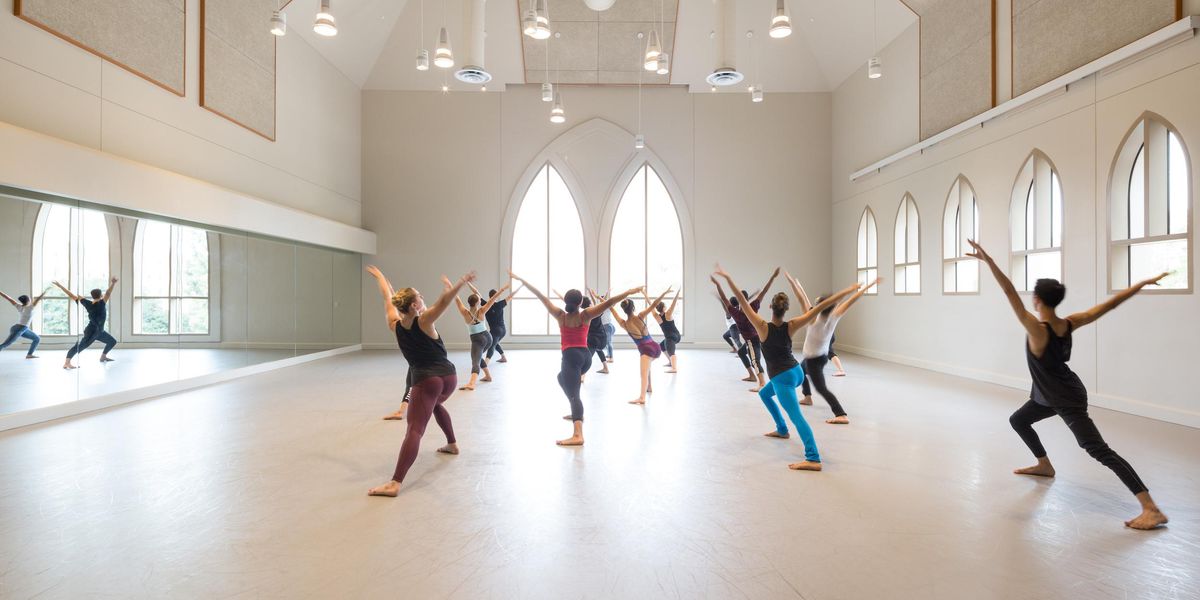Your Body Tips
Thinkstock
Time Your Carbs Right
By now, most dancers know not to avoid carbs: They’re the primary source of energy in our muscles in the form of glycogen. Without enough, we’ll quickly tire out in the studio and onstage. But how many carbs should you be eating and when? The International Association of Dance Medicine and Science offers some helpful guidelines.
How much: Typically, dancers should aim for a diet that’s made up of 55–60% carbohydrates, 20–30% fat and 12–15% protein. Boost your carb intake to closer to 65% during heavy rehearsal or performance weeks to keep your muscles well-stocked.
Best sources: While gummy bears and kale both offer carbs, they obviously don’t deliver the same benefits. Reach for complex carbohydrates over processed or simple sugars, which don’t offer vitamins, minerals or fiber. Focus on whole-grains as well as foods made with them like oatmeal, bread and pasta, plus vegetables, fruit and beans.
Before dancing: An hour or two before class starts or the curtain rises, top off your glycogen stores with a small carbohydrate snack such as a banana or an energy bar.
While dancing: During long, strenuous rehearsals, you’ll need to refuel with carbs to keep up your energy. IADMS suggests having a sports drink with 6–8% glucose (check the ingredients list), which empties from the stomach quickly and also rehydrates you.
After dancing: If you’ve had a heavy day of dance, have another carb-based snack or meal within two hours of finishing—during this time, your muscles are primed to replenish their glycogen stores, getting you ready for the next day.
Bad Show? Go Easy
If you regularly criticize yourself every time you have a bad class or performance, you could be putting your body at risk: A study published in the
British Journal of Sports Medicine found that elite track-and-field athletes who regularly blamed themselves for not being tough enough to achieve their goals were more likely to get injured. Researchers believe that although self-blame can help push athletes, when it leads to long-term negative thinking, you start to tune out your body’s pain, leading to overuse injuries.
ACL tears typically require surgery and several months away from the studio.
Protect Your Knees
Here’s a reason to clean up your petit allégro: Researchers from the University of Florida recently found that the risk of injuring your ACL (the anterior cruciate ligament of the knee) is eight times higher in young women than young men after puberty. Teenage girls often don’t have enough strength and neuromuscular control yet to cope with their increased weight and height. That puts the ACL at risk during activities like jumping. Stay safe by developing strength in your core, hips and thighs by regularly incorporating exercises like squats in parallel, walking lunges, side planks and hip bridges into your cross-training.
Thinkstock
Avoid Stomach Trouble on Tour
Fueling your body in foreign countries can be a challenge: Unfamiliar bacteria can disturb your intestines, leading to vomiting and diarrhea, which can quickly dehydrate your body—and keep you from the stage. Travelers are at an especially high risk in the Middle East, Africa, Latin America and Asia (apart from Japan). Dance/USA’s Task Force on Dancer Health recommends taking these steps to stay healthy in developing countries:
-
Always wash your hands before eating, and only eat off clean, dry plates and utensils. -
Drink, rinse your mouth and brush your teeth with bottled water. Avoid ice cubes. -
All meat and vegetables should be cooked and served hot. That includes lettuce—don’t eat salad. -
Peel your own fruit with clean hands. -
Avoid street food.





